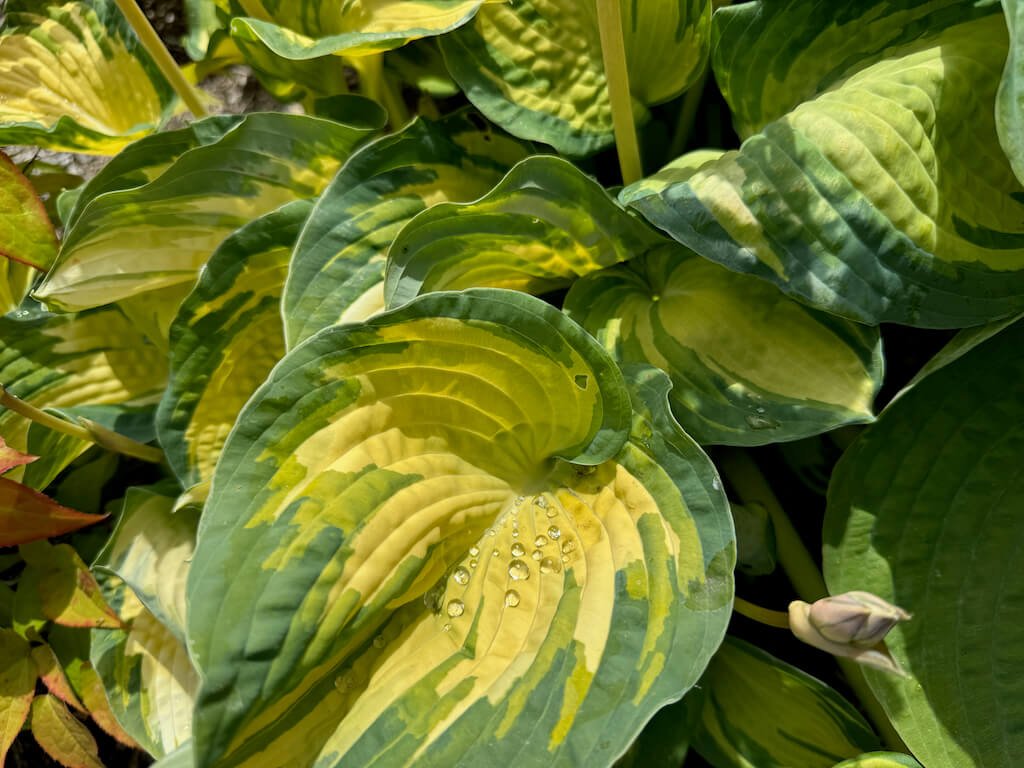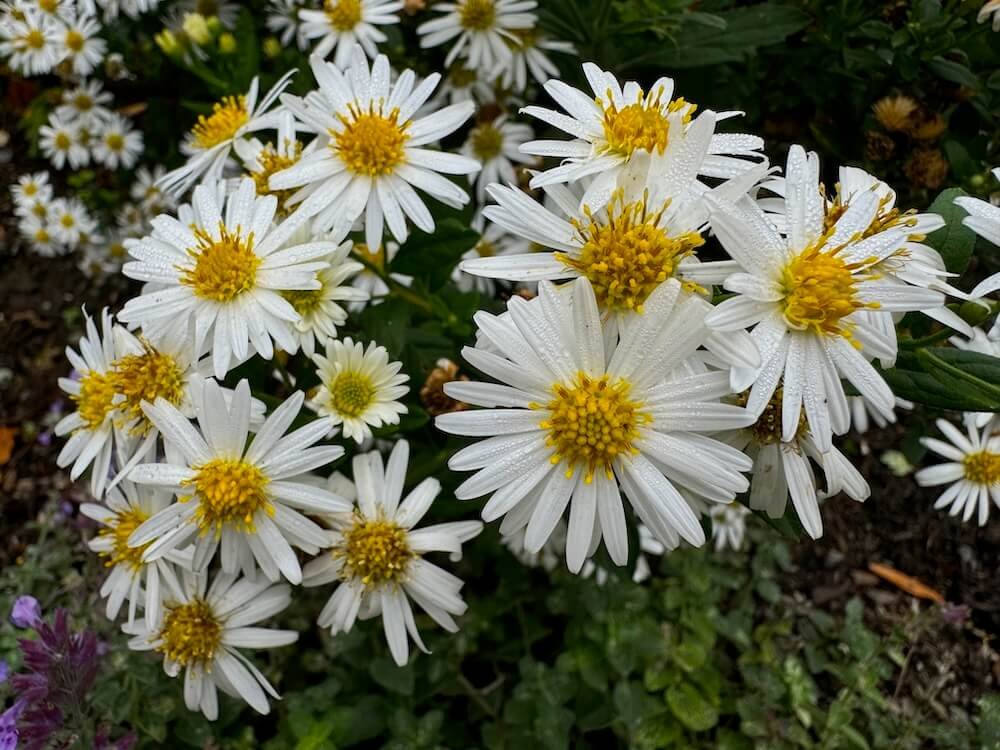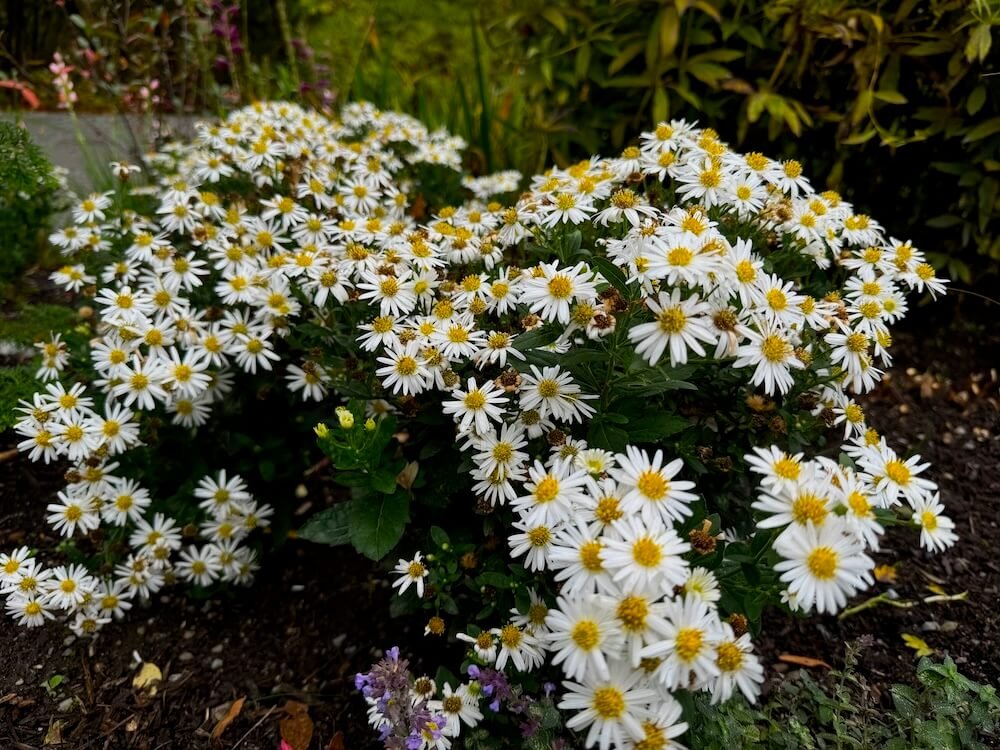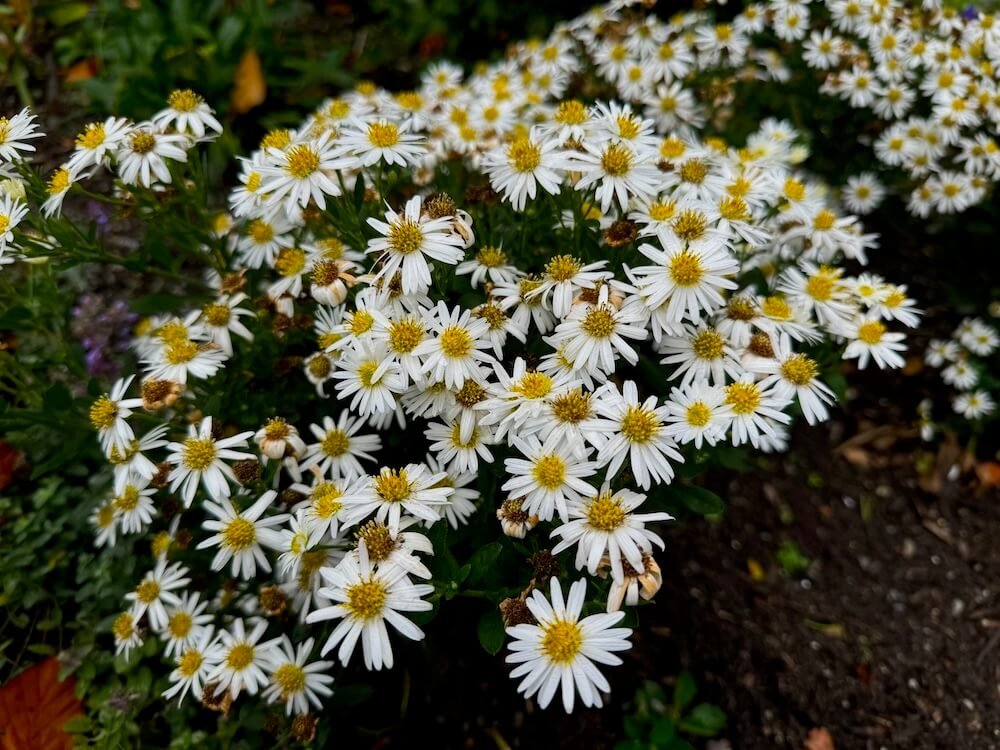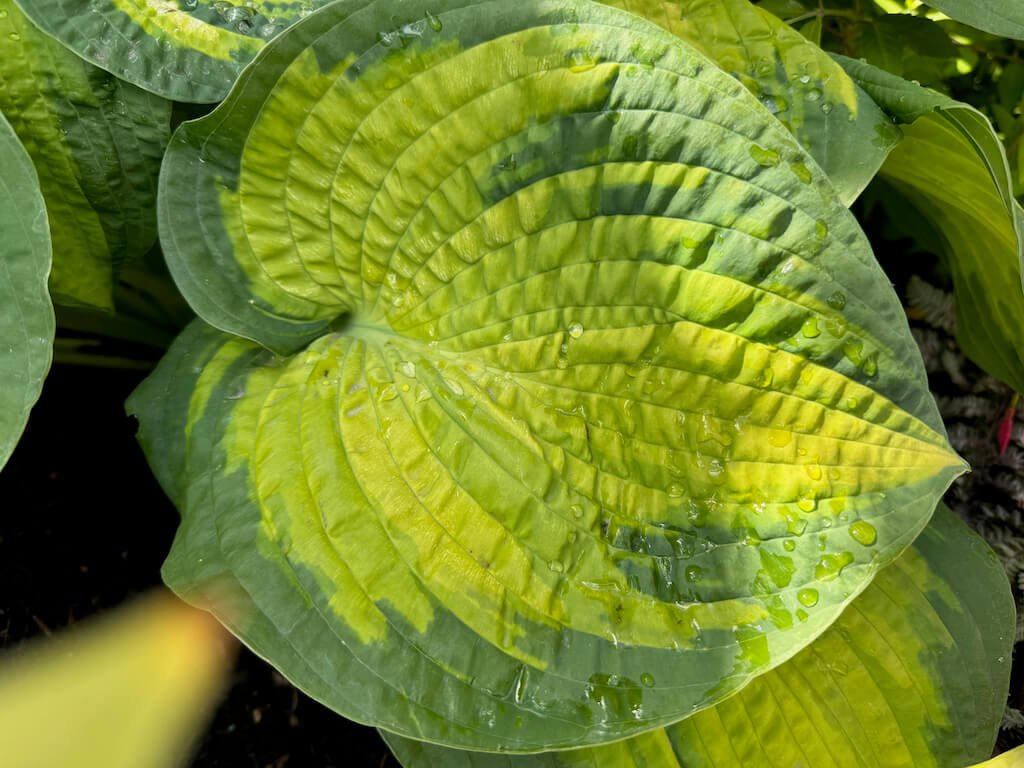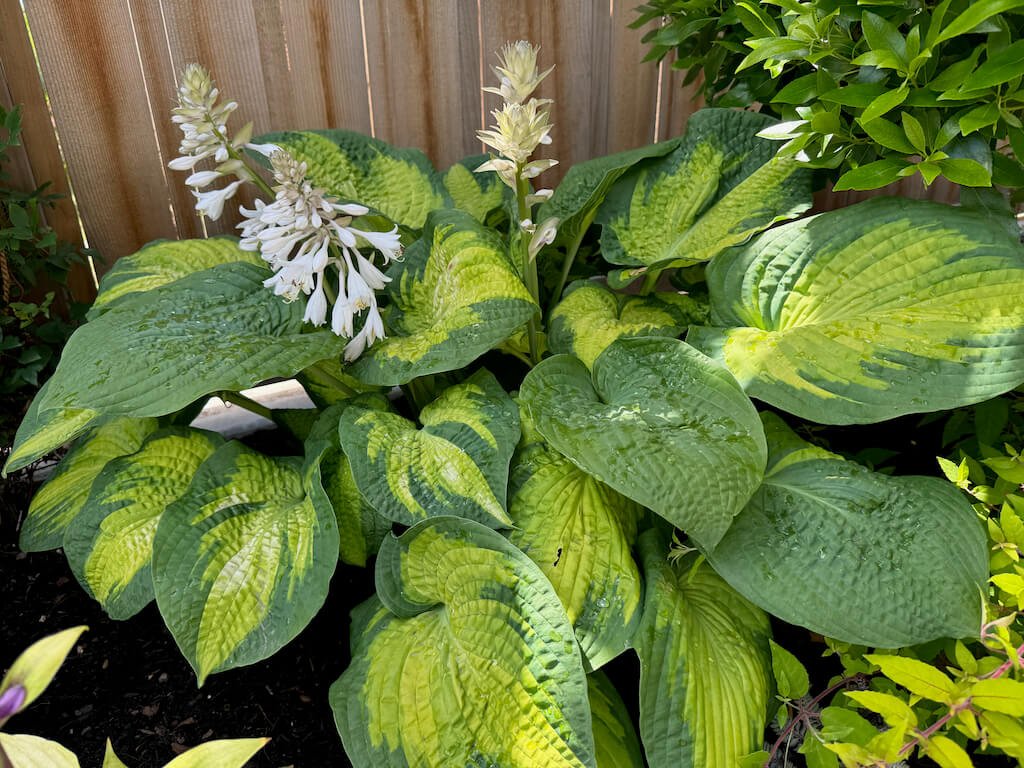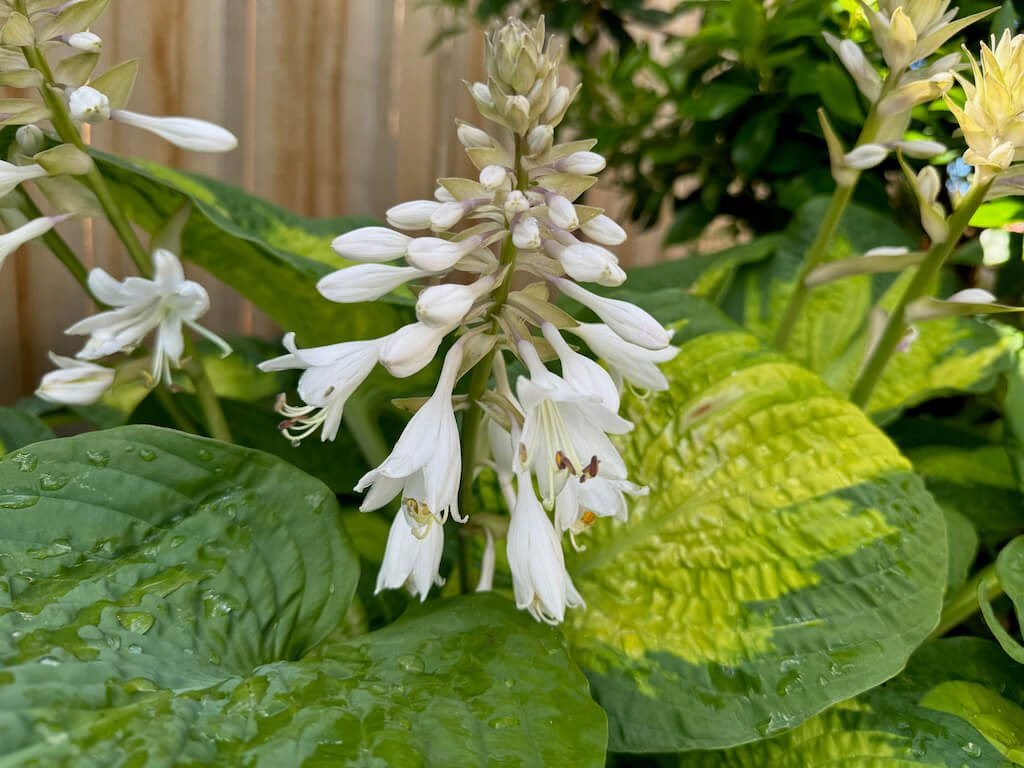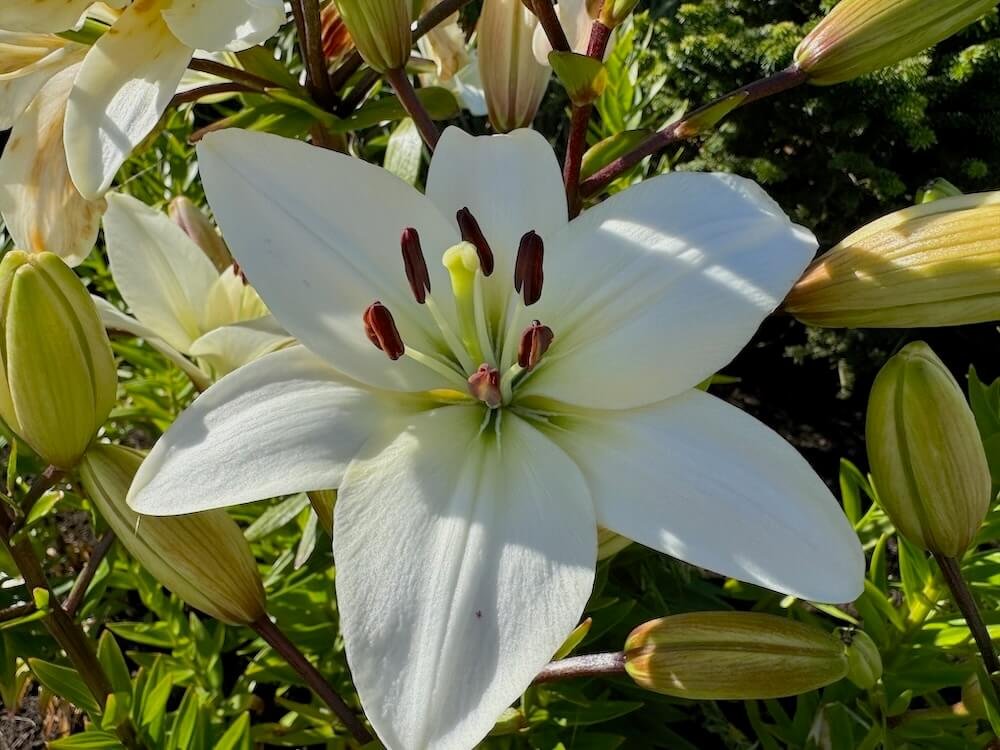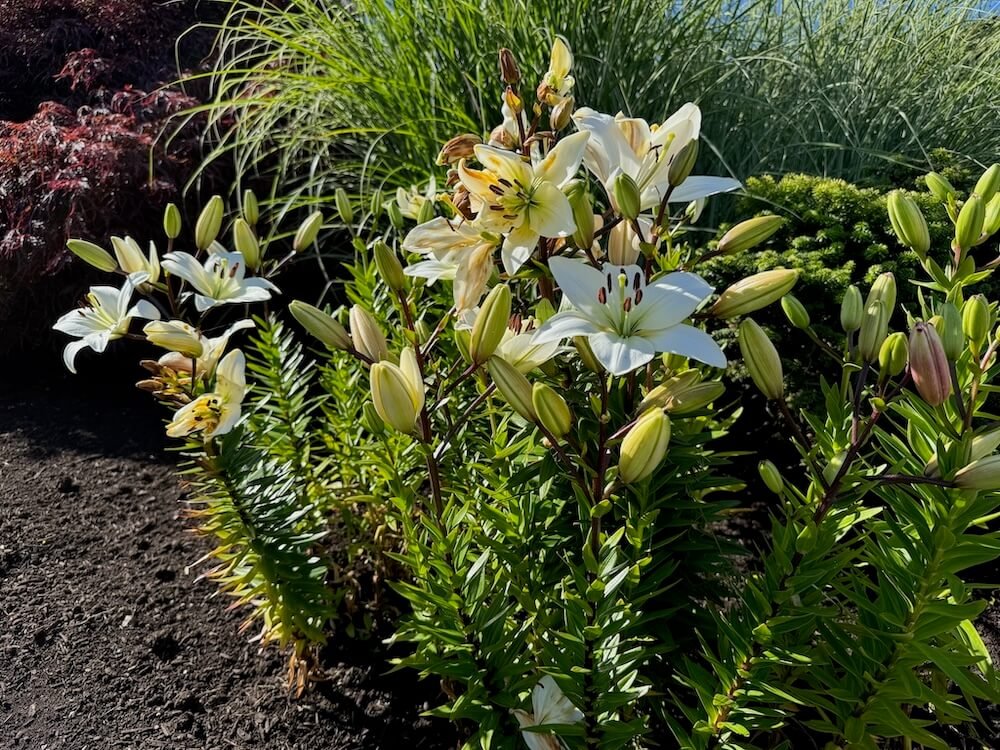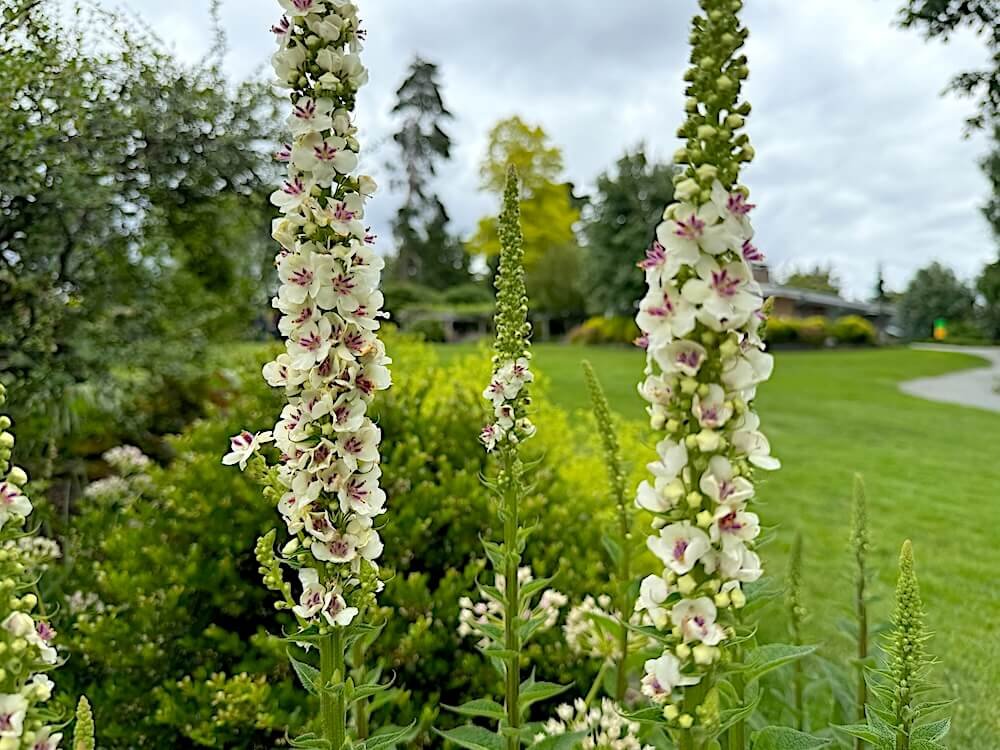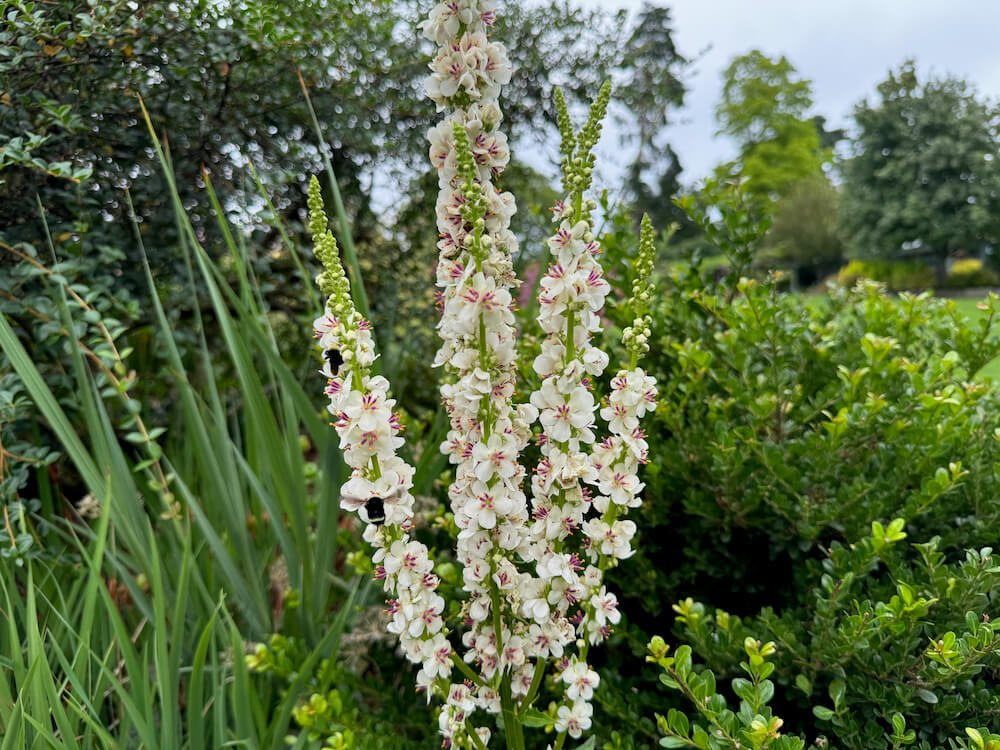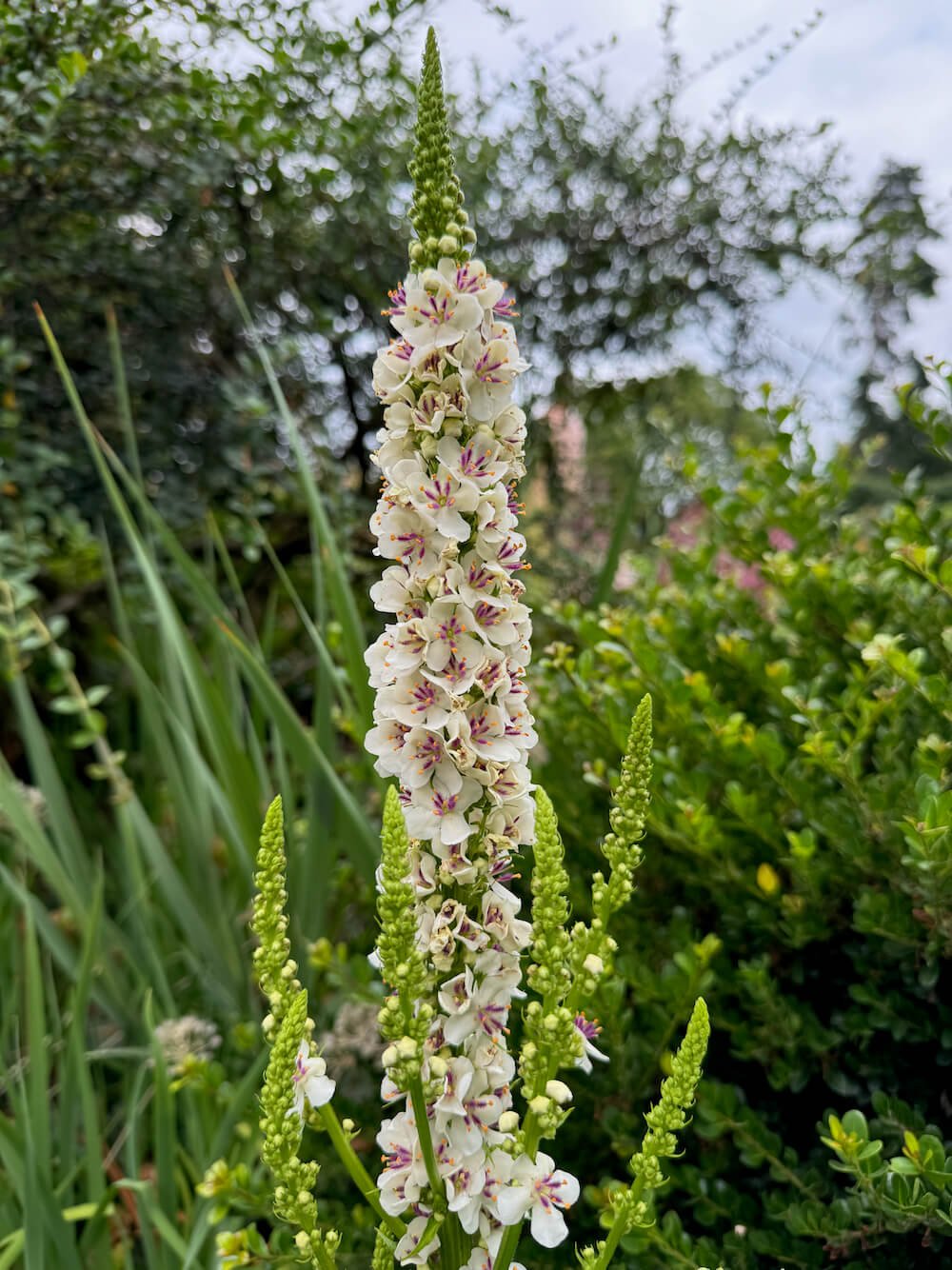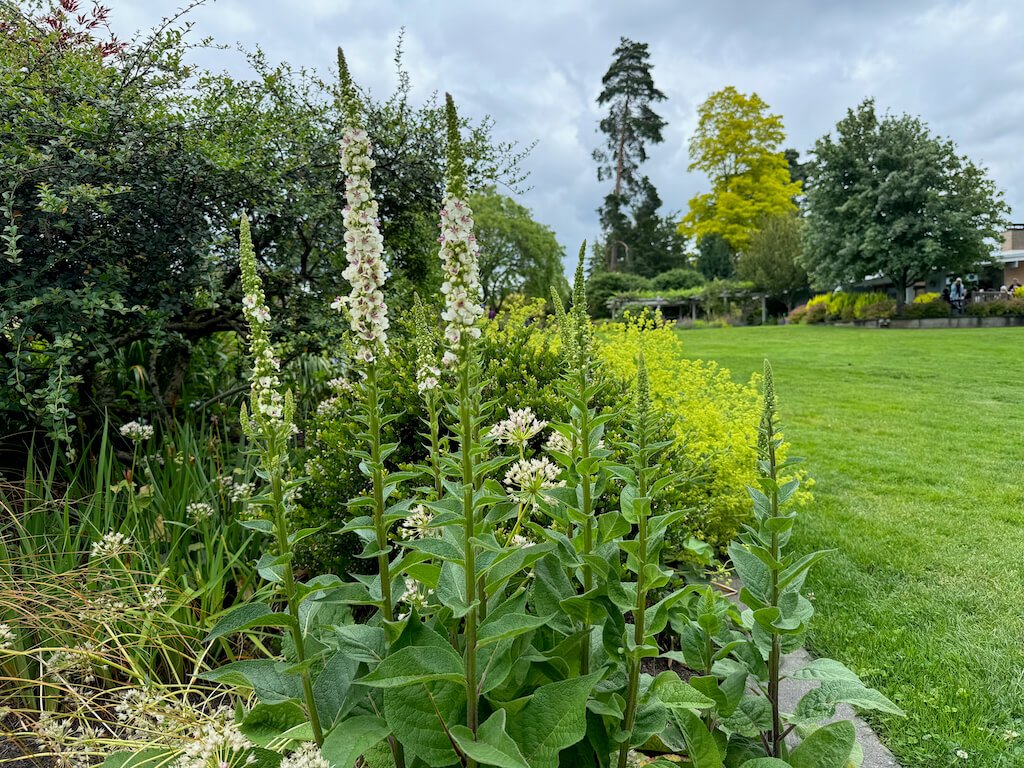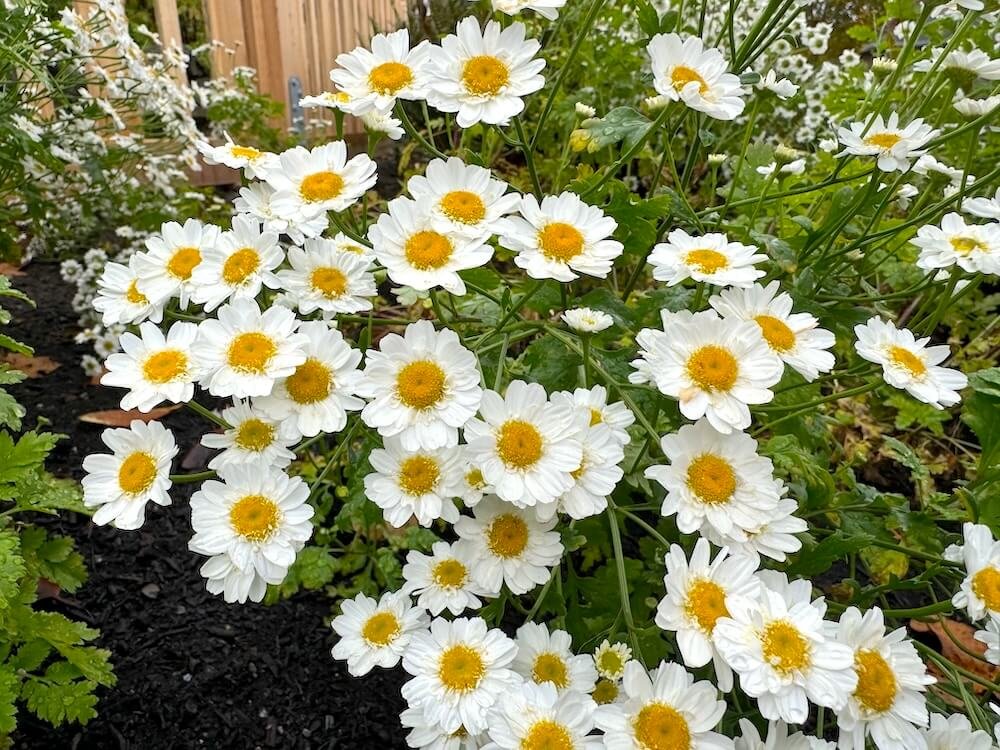 Image 1 of 5
Image 1 of 5

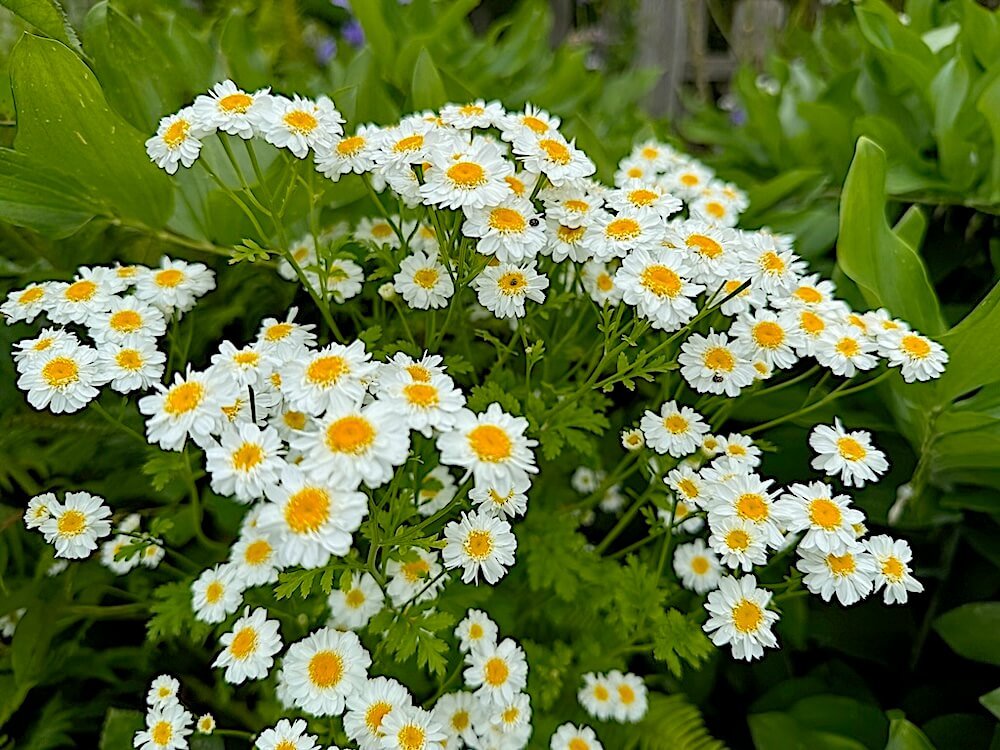 Image 2 of 5
Image 2 of 5

 Image 3 of 5
Image 3 of 5

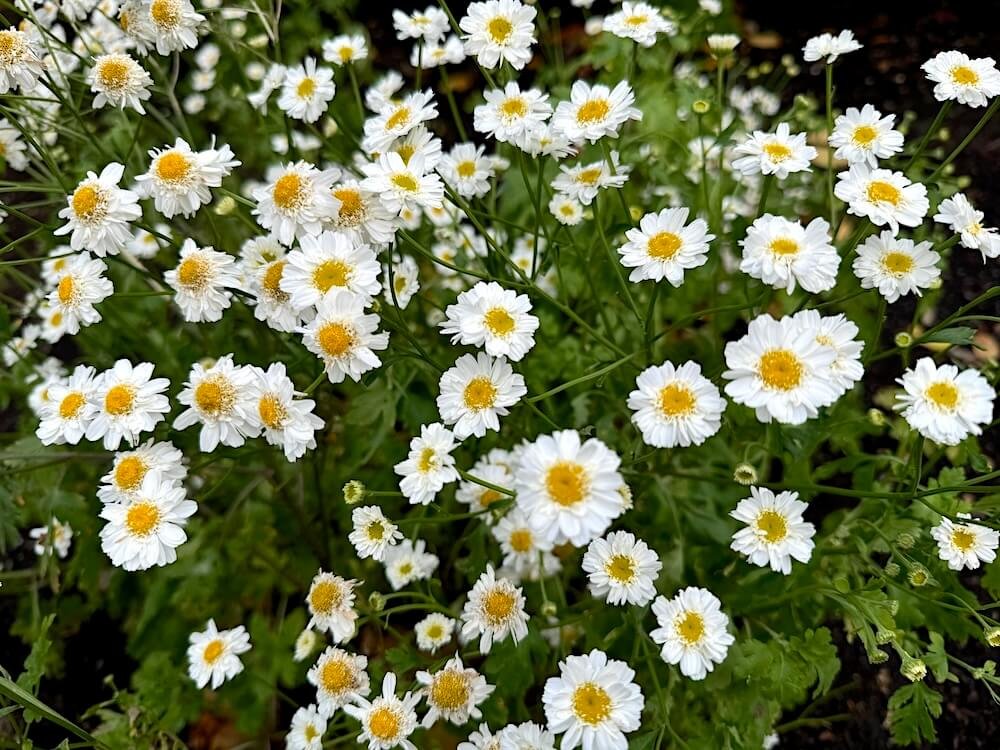 Image 4 of 5
Image 4 of 5

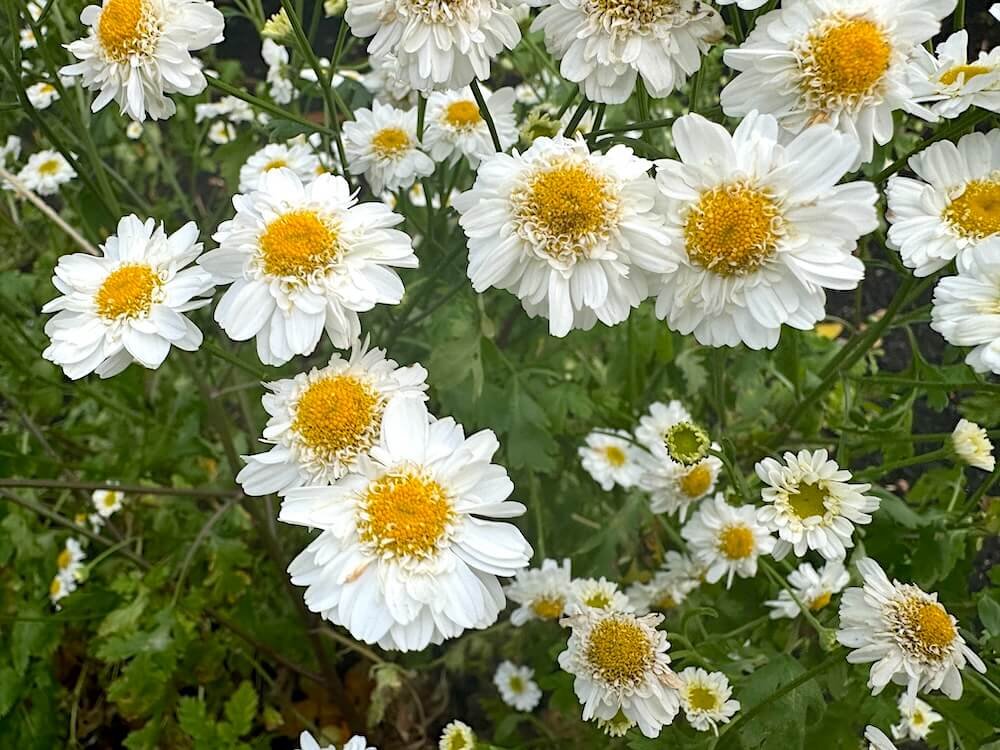 Image 5 of 5
Image 5 of 5






Tanacetum parthenium | Feverfew
DESCRIPTION
Tanacetum parthenium, commonly known as feverfew, is a charming perennial that produces clusters of small, daisy-like flowers with bright white petals and yellow centers. Blooming from early to late summer, its cheerful blooms add a light, airy quality to the garden and are known to attract pollinators such as bees and butterflies. The flowers are often used as a filler in floral arrangements, bringing a delicate, classic look to bouquets.
Native to parts of Europe and western Asia, feverfew has a long history of cultivation both as an ornamental and medicinal herb. Its finely divided, aromatic foliage is a vibrant green, providing a lovely contrast to the simple beauty of its blossoms. This plant is often used in cottage gardens, herb gardens, and borders, where it complements a variety of other perennials, adding texture and continuous interest throughout the growing season.
DESCRIPTION
Tanacetum parthenium, commonly known as feverfew, is a charming perennial that produces clusters of small, daisy-like flowers with bright white petals and yellow centers. Blooming from early to late summer, its cheerful blooms add a light, airy quality to the garden and are known to attract pollinators such as bees and butterflies. The flowers are often used as a filler in floral arrangements, bringing a delicate, classic look to bouquets.
Native to parts of Europe and western Asia, feverfew has a long history of cultivation both as an ornamental and medicinal herb. Its finely divided, aromatic foliage is a vibrant green, providing a lovely contrast to the simple beauty of its blossoms. This plant is often used in cottage gardens, herb gardens, and borders, where it complements a variety of other perennials, adding texture and continuous interest throughout the growing season.
DESCRIPTION
Tanacetum parthenium, commonly known as feverfew, is a charming perennial that produces clusters of small, daisy-like flowers with bright white petals and yellow centers. Blooming from early to late summer, its cheerful blooms add a light, airy quality to the garden and are known to attract pollinators such as bees and butterflies. The flowers are often used as a filler in floral arrangements, bringing a delicate, classic look to bouquets.
Native to parts of Europe and western Asia, feverfew has a long history of cultivation both as an ornamental and medicinal herb. Its finely divided, aromatic foliage is a vibrant green, providing a lovely contrast to the simple beauty of its blossoms. This plant is often used in cottage gardens, herb gardens, and borders, where it complements a variety of other perennials, adding texture and continuous interest throughout the growing season.
-
Family: Asteraceae
Height: 1-3 feet tall
Width: 1-2 feet wide
Foliage color: Bright green, finely divided leaves with a lacy texture
Flower color: Small, daisy-like flowers with white petals and yellow centers
Bloom time: Early summer to fall
Light requirements: Full sun to partial shade
Water requirements: Moderate
Maintenance: Low; deadhead to prolong blooming and prevent self-seeding, cut back in fall or spring
Growing zone: USDA Zones 5-9
Wildlife attractors: Attracts bees and other pollinatorsThis plant can be seen in the perennial border at the Bellevue Botanical Garden.




